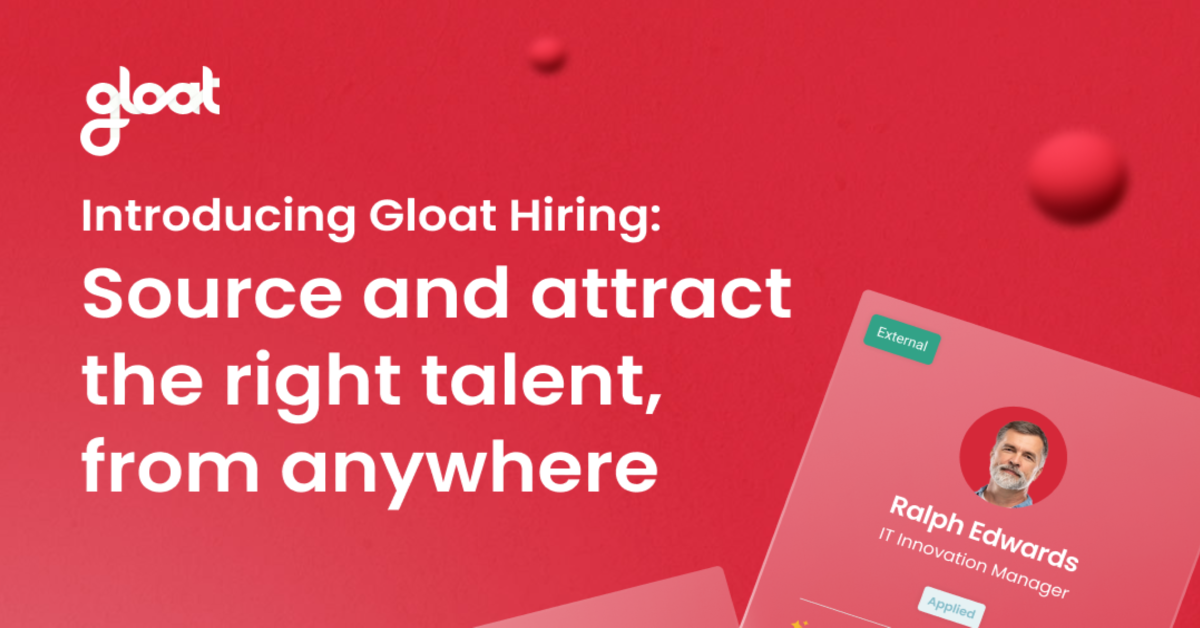What is career pathing?
Why now is the perfect time to put employees in the driver’s seat of their careers

Employee engagement is at an all-time low. With 77% of workers disengaged, this not only costs organizations money but puts them at risk of losing their greatest asset– their people.
According to Gallup, 52% of workers are actively looking for a new position. Yet while many are searching, few are moving, and the declining turnover is preventing internal mobility, fueling worker’s frustrations and lack of engagement. As companies clamor for skills during the Skills and Silver Tsunamis and struggle to fill job vacancies, maintaining productivity is becoming increasingly challenging.
To motivate employees and keep output levels high, leaders are digging deeper to explore the issues at the heart of disengagement: the quest for meaningful career paths and lack of career development and advancement.
With the current climate leaving limited mobility options, employees can no longer rely on taking predictable steps up traditional career ladders. As people search for purpose and development, yesterday’s ladders will transform into lattices of horizontal and vertical opportunities. Consequently, the only way to come out the other side is by reimagining professional progression and putting career paths into focus. But where should you begin?
What is career pathing?
Career pathing is the process of mapping an employee’s potential career progression within an organization. It outlines steps, skills, and roles needed to reach future positions, helping employees set goals and companies retain talent through clear development plans.
The most impactful approaches to career pathing go beyond solely focusing on vertical progression, and also take lateral and cross-functional roles into account.
Why is career pathing important?
There are 4 main reasons why career paths are important. If used properly, it can serve as a tool to set employees and the organization up for success and drive business outcomes.
Increased opportunities for internal recruiting
Career pathing can not only highlight opportunities for employees, but also allows organizations to consider internal talent for roles. This two way visibility makes it easier to find employees with skills necessary for critical roles and save costs on external labor.
Future proof the organization
Organizations can also highlight roles they’d like to fill through career pathing and how employees can bridge the gap to get there through development. This enables companies to look into the future and ensure there will be enough talent to fill in-demand roles.
Increased employee engagement
A career path can also enhance employee engagement by encouraging people to get involved in learning and development programs that fulfill the current and future needs of their organization. Deloitte found that learning opportunities, professional development, and career progression are among the top drivers of workplace satisfaction. When employees are presented with opportunities that align with their skills, interests, and career ambitions, they will be motivated to participate in L&D and upskilling.
Improved retention rates
Additionally, career pathing can improve employee sentiments and loyalty because workers can see exactly what kinds of exciting opportunities their future at the organization will hold. As a result, these team members will be less likely to look for growth opportunities outside of their company, in turn improving retention rates.
Benefits of career pathing
Career pathing’s positive effects can be felt throughout the organization, influencing not only individual employees but also the business overall. When employees have a clear understanding of their career progression and growth opportunities, they are more motivated and engaged in their work. This, in turn, leads to higher retention rates, increased productivity, and cost savings.
For organizations
When it comes to employer benefits, career pathing is linked with a handful of key pay-offs. Firstly, it can lead to a greater return on hiring investments. Training and onboarding new joiners is costly, but employers can maximize their investment by ensuring that new talent stays with the company. Career pathing also allows for role visibility, which can help companies save costs by finding internal talent with skills instead of hiring external labor at a higher rate. Helping employees take the driver’s seat to their career also increases job satisfaction and engagement, enhancing productivity.
For employees
Once employees have reflected on their professional ambitions and are using career pathing for further exploration and development, they can also expect to receive some benefits. One being visibility into future roles that might not have been easily accessible before. Career pathing can help democratize opportunities that might have been siloed in areas of the organization. Employees can also expect clearer information on what skills to develop in order to advance their career, whether that be vertically, laterally, or cross-functionally. This can lead to an increased sense of purpose and satisfaction in one’s career.
Career pathing tools
Leaders should think of career pathing tools as their lifesaver during today’s skills shortage. As employees reimagine their careers and consider new directions, career pathing enables them to find relevant opportunities within their organization. The most impactful tools don’t just show people one potential path; instead, they present users with a few different options for what direction their careers can take, so employees can choose the path that fits best. Ideally, these tools might help workers discover roles that they never knew existed within your company, giving them new reasons to stay.
The best career pathing tools take it one step further by presenting users with an immediate solution to start strategizing their career goals. AI-driven tools can identify the skill gaps that employees need to bridge to reach their desired role, and then present them with learning and development resources to get them up to speed.
How to support effective career path planning and development
Meaningful career path planning and development have never been more crucial. As employees weigh their options and rethink their paths forward, employers need to demonstrate that there are plenty of opportunities to grow with their organization if they want to hold onto top talent and keep up with ever-evolving skills.
If you’re looking to create an effective career pathing strategy, having the right tools in place is only one part of the equation. While a talent marketplace with career pathing tools is certainly a huge step in the right direction, visionary organizations will pair this technology with a culture that brings out every employee’s best.
Management teams need to understand how career pathing tools will transform growth conversations within their organization, and both employees and leaders should receive ongoing communications to prepare them for this game-changing technology. Once you pair career pathing tools delivered through a talent marketplace with a supportive and growth-oriented culture, you’ll be well on your way to building a workforce of engaged, loyal employees who will come together to help your business achieve unprecedented results.
If you’re looking to learn more on how to unlock internal mobility at your organization, check out Unlocking Agility: transitioning from ladders to lifelong reinvention.





